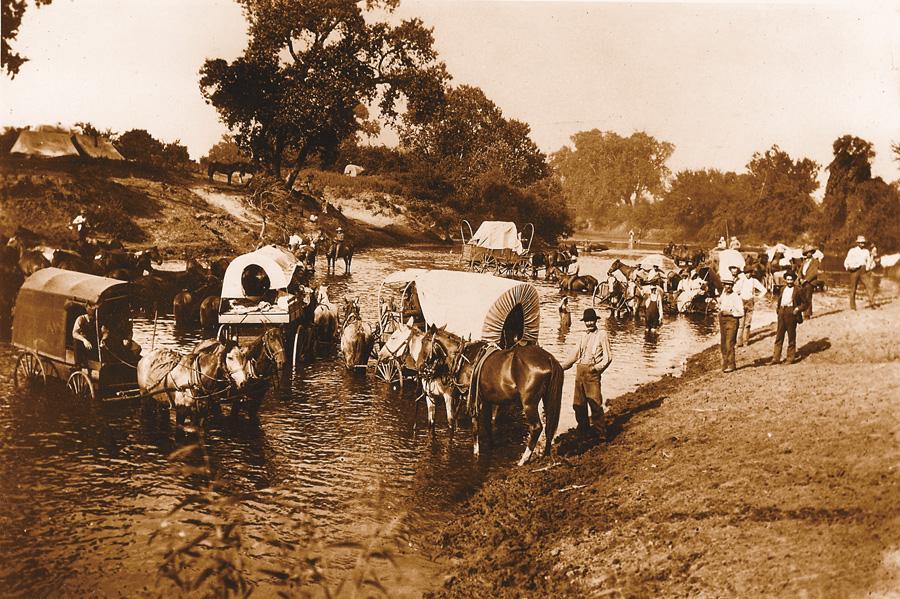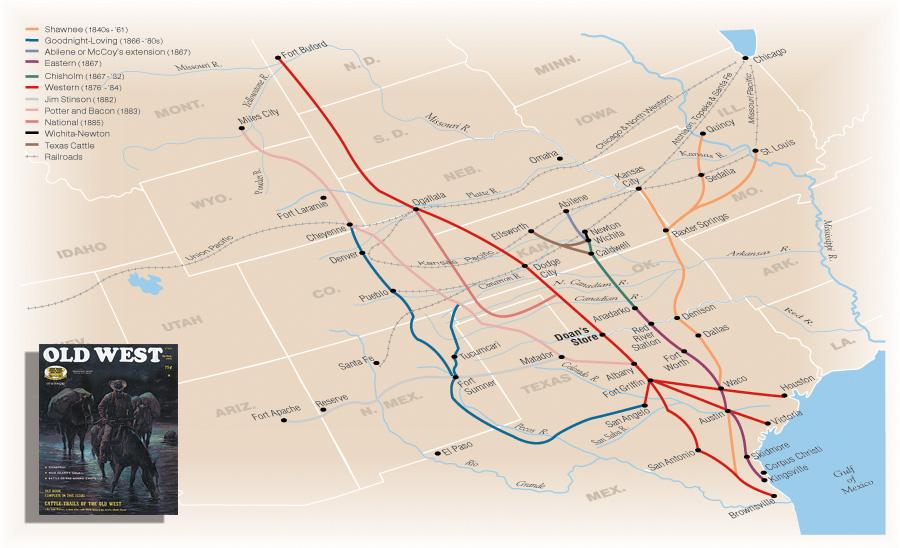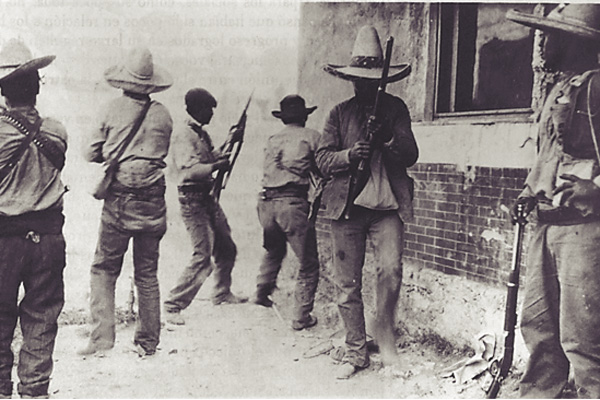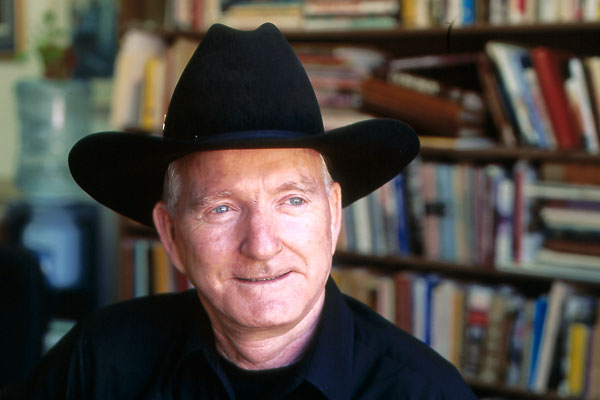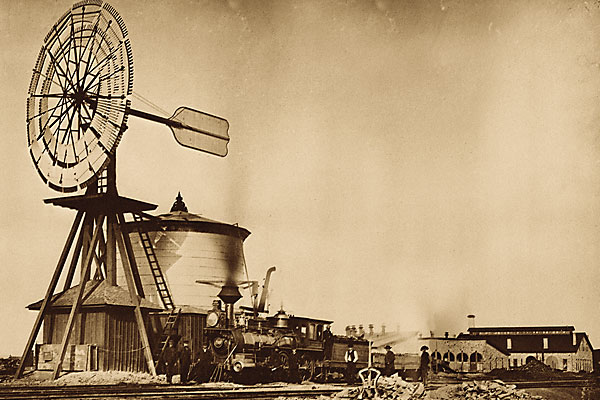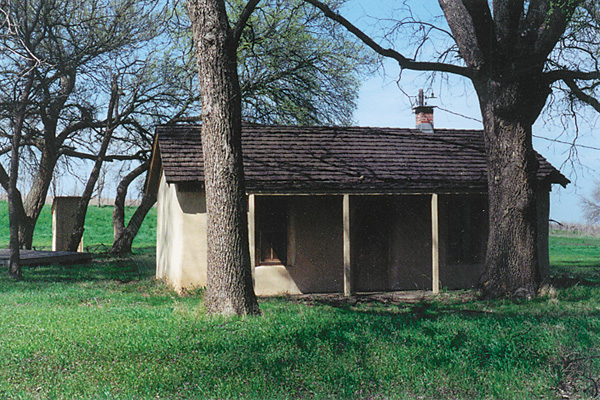 The Santa Fe Railroad, in 1873, ceased construction of its main transcontinental line at Dodge City, Kansas, for three years due to a national financial crisis. As a result, Dodge City, the only available shipping point for southern cattle, became the largest cattle shipping and delivering point in the world.
The Santa Fe Railroad, in 1873, ceased construction of its main transcontinental line at Dodge City, Kansas, for three years due to a national financial crisis. As a result, Dodge City, the only available shipping point for southern cattle, became the largest cattle shipping and delivering point in the world.
In 1875, trail drivers returned to Texas from a Kansas drive and told of a new town, at that time the end of the Santa Fe Railroad, called Dodge City. They described this place
as the next great market of the northwest; that abandoning
the Chisholm trail and making a new trail direct from San Antonio to Dodge City would save from 20 to 30 days’ drive. It would not be necessary to detour over the Eastern trail in the Indian territory as they had been doing. In the spring of 1874, Texas drivers headed for Dodge City over a new trail called the “Western,” 1,000 miles in length from Brownsville, Texas, to Dodge City.
The route led out to the crossing of the San Saba River
at Pegleg station, carrying on to Waldrip’s Bend on the Colorado River; then to Coleman City and Fort Griffin, crossing the Brazos at Seymour, the Pease River at Eagle Crossing and then the Red River. Four years later, Doan’s Store was built near the Red River crossing.
Some drivers followed branches of existing non-cattle routes, such as the Chisholm, named after trader and hunter Jess Chisholm who first used it. Many started
in the direction of a known location following established routes and blazing new trails along the way.
It is estimated that beginning with the spring of 1866 and ending in the fall of 1895, drovers moved 10 million cattle over these trails out of Texas to northern shipping points and maturing grounds.
When the railroads reached Texas, cattle trails became a thing of the past.


